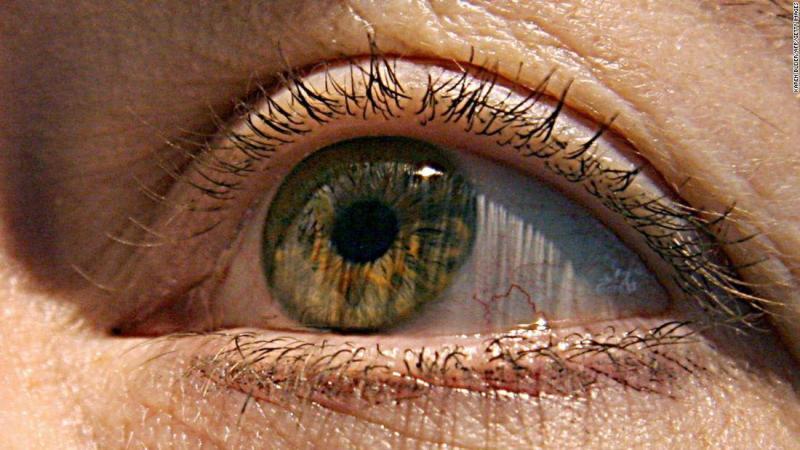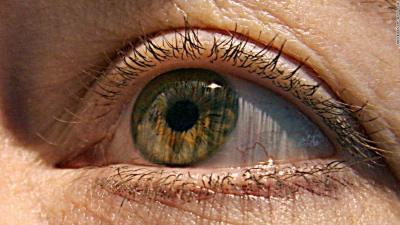Researchers from the Institute of Ophthalmology at the University of London announced that to improve vision, one should look at deep red light for three minutes in the morning, once a week. The scientific team led by Professor Glen Jeffery previously demonstrated that exposing the retina to deep red light (long-wavelength red light) for three minutes activates the mitochondria (sub-power stations) of the light-sensitive cells (the light-sensitive neurons in the retina, rods, and cones). This recharging process helps restore vision that naturally deteriorates with age.
In their new study, the research team decided to conduct experiments to determine the best time of day to expose the retina to deep red light, the frequency, and the optimal wavelength. Results from experiments involving 20 healthy men and women aged 34 to 70 showed that exposure to red light for three minutes at a wavelength of 670 nanometers was sufficient to improve contrast color vision (i.e., cone function). They found that the maximum effect (a 17% improvement in vision) was observed only when looking at red light between 8 and 9 AM, and its positive effect lasts for a week; thus, it is not logical to recharge the light-sensitive mitochondria more than once a week.
Jeffery stated, "This technique is simple and completely safe, as the energy received from light at this wavelength does not exceed that received from natural light." According to him, soon everyone will be able to enhance their level of vision on one morning a week using a device (a regular LED flashlight) like the one used by the scientific team in their experiments.




